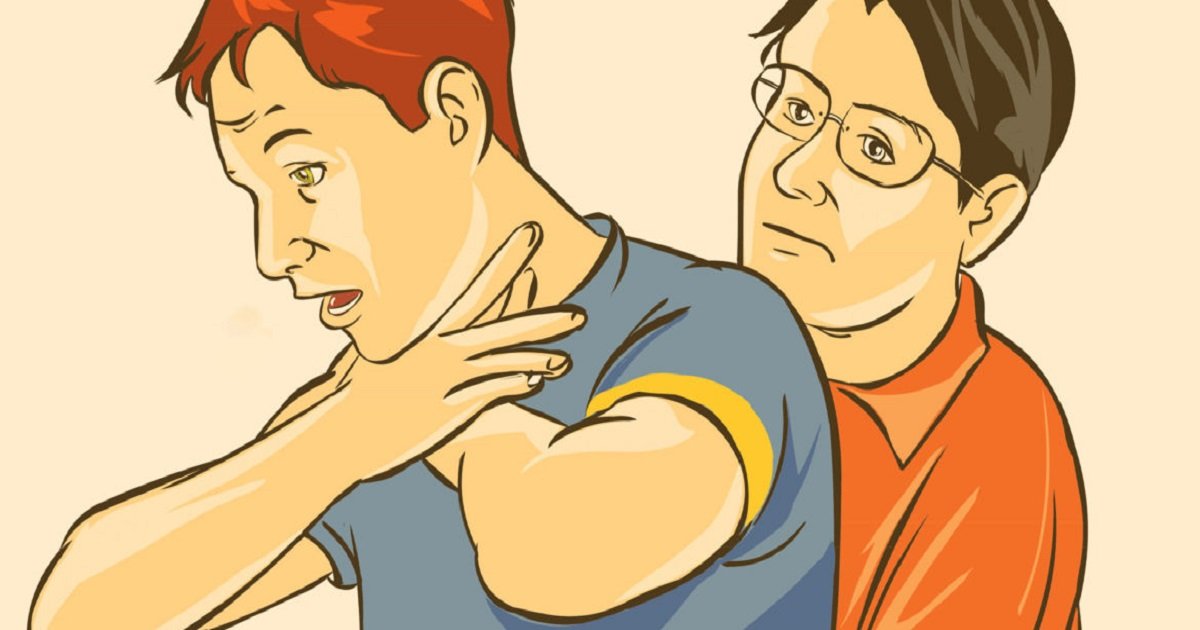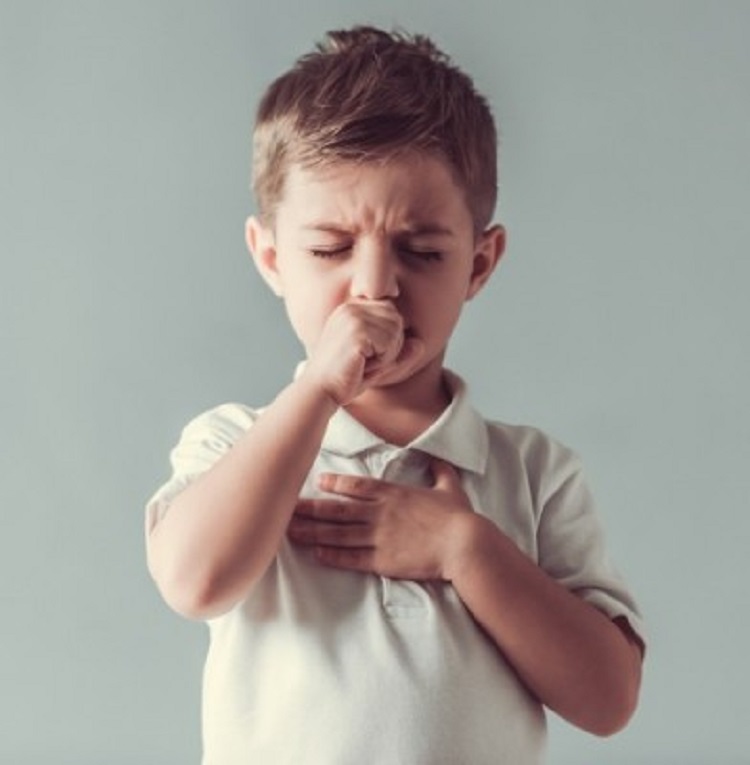Watch the video to learn more.
[rumble video_id=v5g03s domain_id=u7nb2]
Video credit: Rumble
Choking or seeing someone choke is terrifying both to experience and to witness and with good reason. In Australia alone, choking killed 60 people in 2015 although thankfully, most victims survive.
The most in danger of choking are young children (babies can and do choke on milk) and the elderly. When it comes to aged, care, choking is the second-highest cause of preventable death.
Before listing down the first aid that one can perform on choking victims, we should recognize that prevention is the best way to go. Roughly 2/3 of choking cases are caused by food that hasn’t been properly chewed. For elderly people whose mouths are often dry, it’s best to cut up their food into small pieces to make it easier for them to chew and swallow with little risk of choking.
The other causes of choking are from small parts such as coins, batteries, toy parts, and the like and the most in danger from these items are children. Parents should always be careful to keep small items that can be swallowed away from children and make sure the child eats while seated and not while crawling or lying down.
First off, if you see someone choking, here are the things NOT to do:
1 – Instead of asking if they’re okay (if they can’t breathe, they’re obviously not), ask if they’re suffering from something else like asthma. If they can speak, it’s a partial obstruction, but if it’s a full obstruction, they won’t be able to speak at all.
2 – Don’t do the Heimlich maneuver (sudden pressure to the abdominal area) as there is a big risk of breaking ribs and damaging internal organs.
3 – Don’t insert your fingers in their mouth. You could get injured yourself if they involuntarily bite and may even lodge the object further into the trachea.
4 – If you need to perform CPR, don’t start by giving breaths. Starting first with the chest compression could push the object out especially since the muscles relax when someone becomes unconscious.
5 – Don’t pick up a child that’s choking and turn them upside down.
Choking First Aid For Adults And Children Over One Year Old
1 – Encourage the person to cough to remove the object.
2 – If coughing doesn’t work, call emergency services
3 – Bend patient forward and deliver 5 sharp blows to the back between the shoulder blades using the heel of one hand. After each blow, check if the object has been dislodged.
4 – If that doesn’t work, place one hand at the center of the patient’s back for support. The heel of the other hand assumes the CPR compression position. Do 5 chest thrusts and check if the object gets dislodged after each thrust.
5 – If this does not clear the blockage, alternate between back blows and chest thrusts (5x each) until medical help arrives.
6 – Should the subject become unconscious, do CPR.
Choking First Aid For Children Below One-Year-Old
1 – Call emergency services.
2 – Perform back blows as follows:
- Position the baby head downwards on your forearm
- Make sure your hand supports their head and shoulders
- Keep the baby’s mouth open with your fingers
- Using the heel of the other hand, deliver 5 sharp blows between their shoulders (checking if the object has been dislodged after each blow)
- If the object has been dislodged, turn the baby on their back and use your little finger to remove the object
3 – If the back blows don’t work:
- Secure the baby’s back on a firm surface
- Position 2 fingers in the CPR position
- Perform 5 chest thrusts (slower but sharper than regular CPR compression); after each thrust, check if the object has been dislodged
4 – If the object still hasn’t been dislodged after 5 chest thrusts, alternate between the back blows and chest thrusts (5x each) until medical help arrives.
5 – Perform CPR should the baby become unconscious
Because the subject is a baby, it would be understandable for parents to be leery at how much force to use. But you’d be surprised at how much pressure is actually needed and this is why it’s important for parents to take a First Aid course, especially for babies. The ideal time to take a First Aid course is just before the baby is born so that all the information is still fresh.




